Un-Boliviable
One very helpful bit of advice to anyone considering travelling around South America is this – do NOT be fooled by the map. Just because two places look very close to each other on Google, this does not mean that it will be easy or simple to travel between them. We learnt this the hard way, as we planned to just “hop” over to Bolivia from the Brazilian Amazon Jungle, because, what is a mere rainforest separating the two? Alas, we were in for a mighty shock when our journey in fact took over twenty-four hours on no fewer than three different planes (we’ve racked up a fair number of airmiles, sorry Earth) with very long waits in between; Manaus – Sao Paulo, Sao Paulo – Santiago, Santiago – La Paz, doing a massive loop around a very large continent to arrive only mere millimetres from where we first started (Google maps-ly speaking).
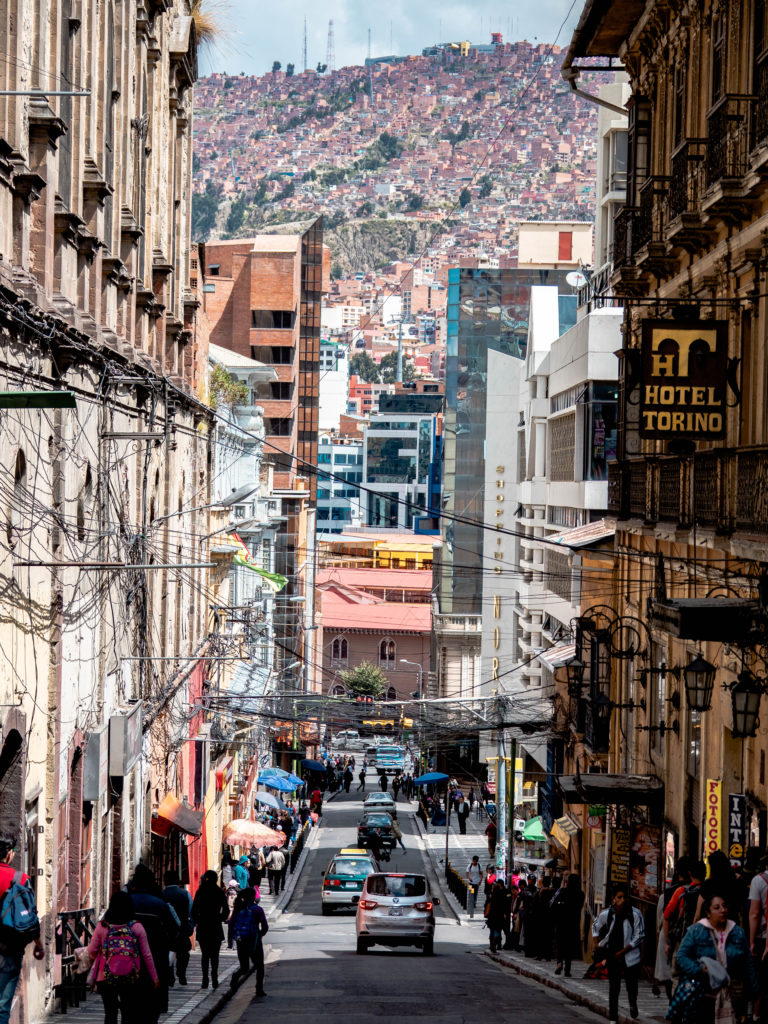
La Paz is the administrative capital city of Bolivia and the highest capital city in the world, and boy did we feel it. Perched high up in the mountains, the altitude sickness was real, the headaches pounding and the shortness of breath leaving you feeling like you have a 10 pack a day habit. Not to mention that everything is up a hill! Anyway, altitude aside, our first impressions of La Paz weren’t brilliant. Unlike many of the other South American cities we had visited, there didn’t seem at first sight to be anything particularly notable, no beautiful architecture, delicious cuisine or friendly locals to make us weary travellers feel at home.
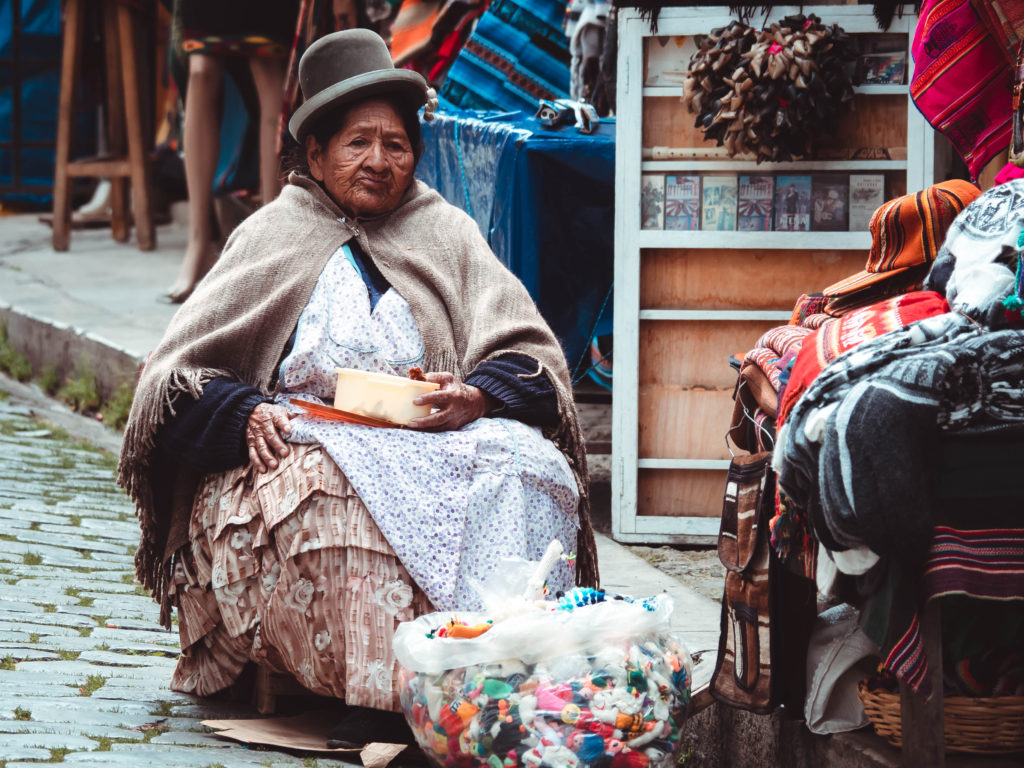
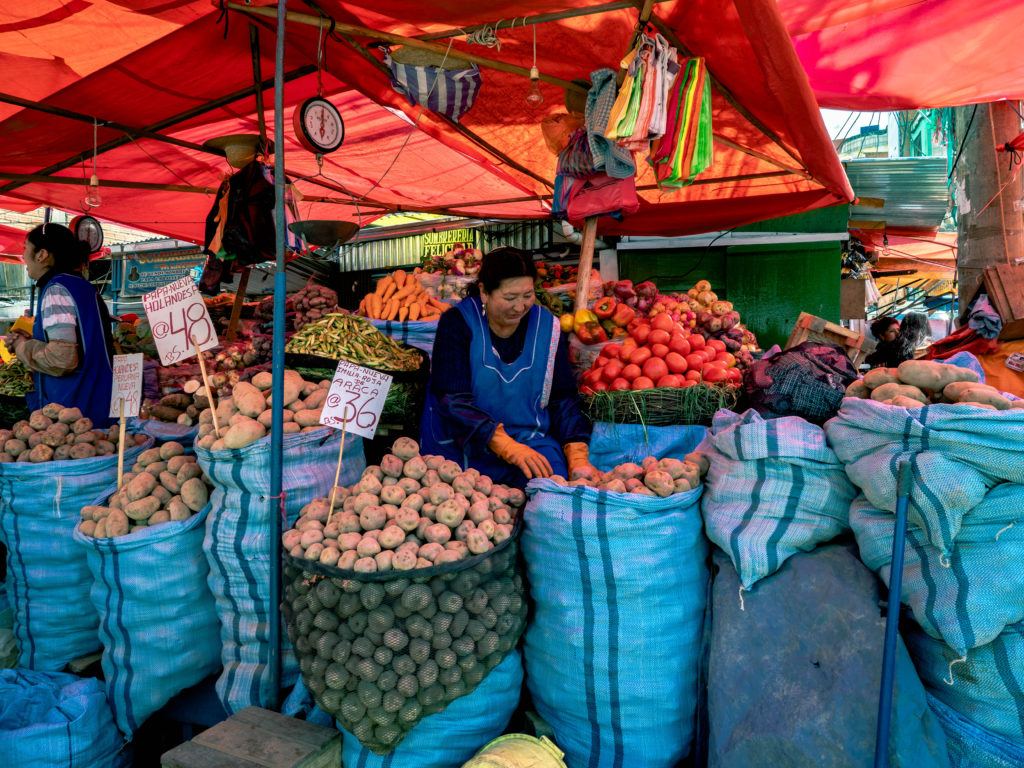
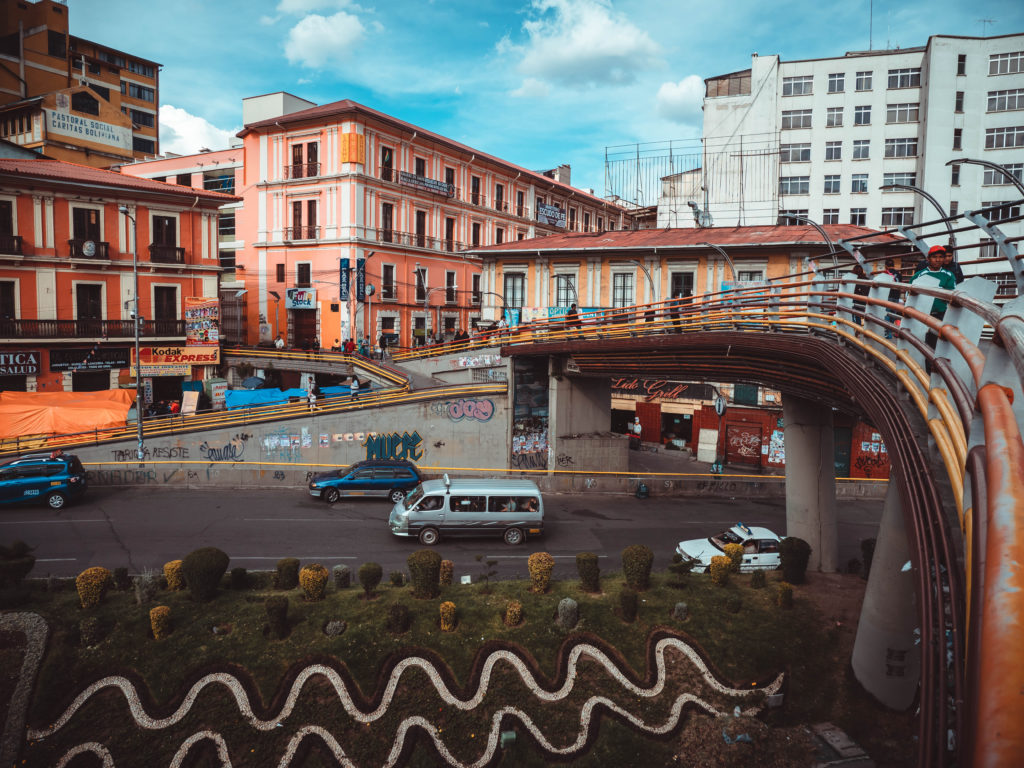
Optimistically, we decided to join the city’s famous walking tour to try and understand a bit more about this city in the sky and we were definitely glad we did! La Paz’s charms are very different to the norm, but they are charms nonetheless. We visited the site of the notorious San Pedro prison, which is known for being run by the prisoners themselves, having entire families living within its walls and of course, being a main manufacturer within the country’s “sugar”* trade. We were warned by the tour guide not to accept “sugar” from anyone lurking around San Pedro square, and not to pick up suspicious packages off the ground (the packages are thrown over the prison walls from the roof of the prison, for their mates to collect and sell on). Fascinating if a little scary!
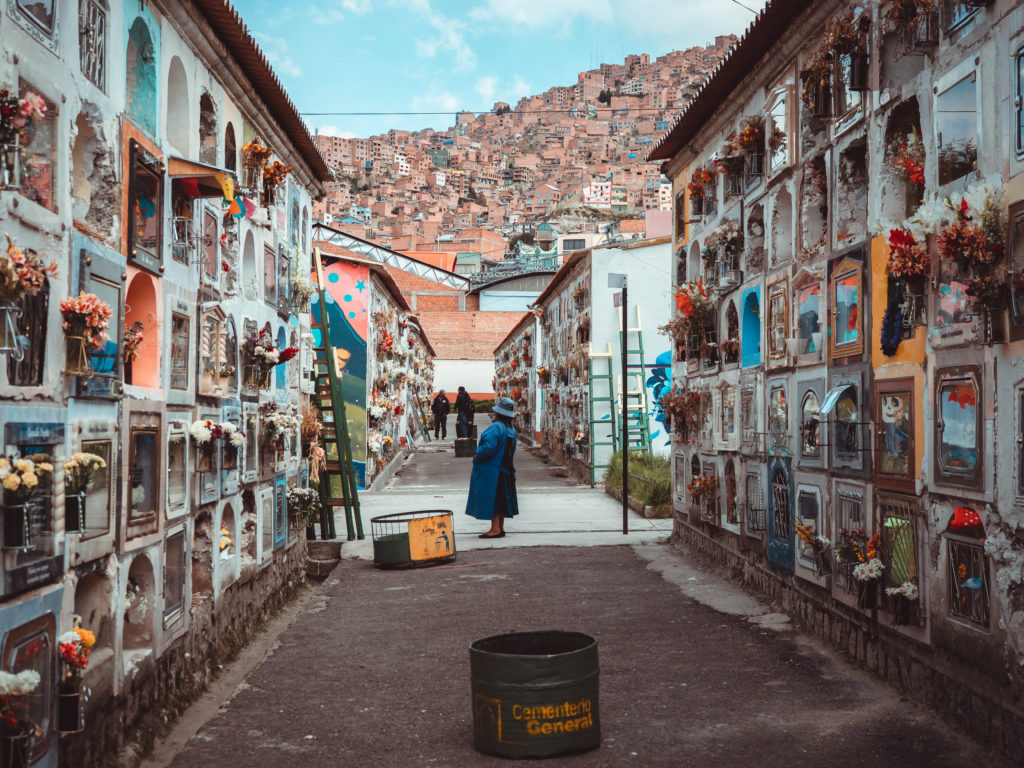
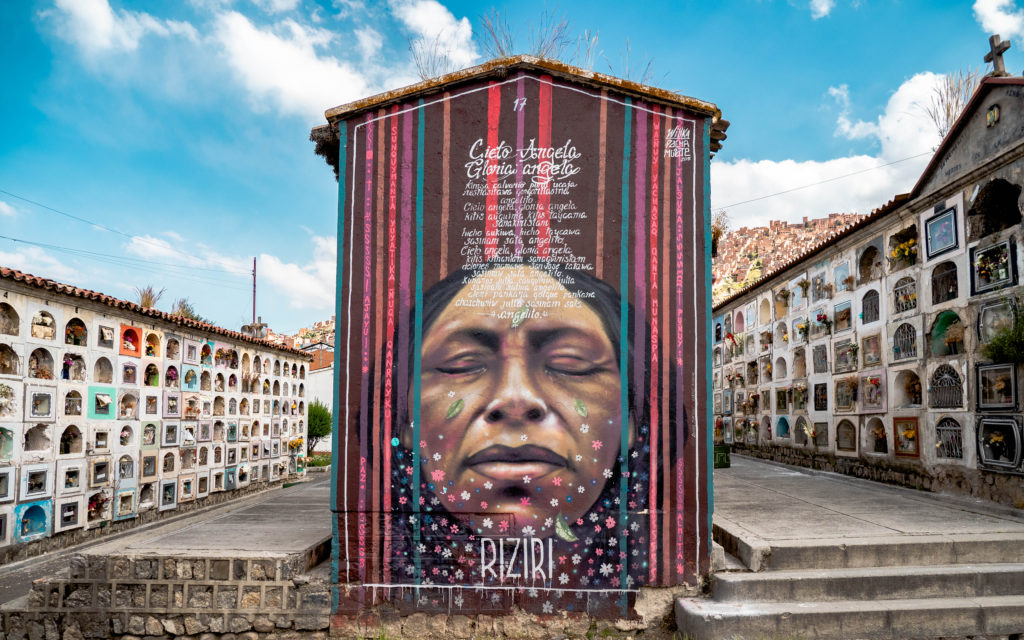
Suddenly very conscious of the shifty looking people around us, we carried on our tour through the city and visited the Witches’ Market, an area filled with stalls selling all manner of paraphernalia for summoning the spirits, including bread, sweets, herbs, candles and dried llama foetuses. Yes, you read that right. Bolivia still has a very strong connection with its indigenous roots, and many people still practice their ancient religion, and it was fascinating to witness this. We took a cable car up to El Alto, which is home to a street filled with hundreds of witch doctors, offering all manner of healing and spiritual remedies. They burn various items such as sweets and llama as an offering to the gods, for instance if they would like to pray for a new car, house or cure for ill health. In a continent that has been so heavily Catholicised, it was interesting and refreshing to see such mysterious practices going on (see “Lessons Learnt” below for what else we found out about this!).
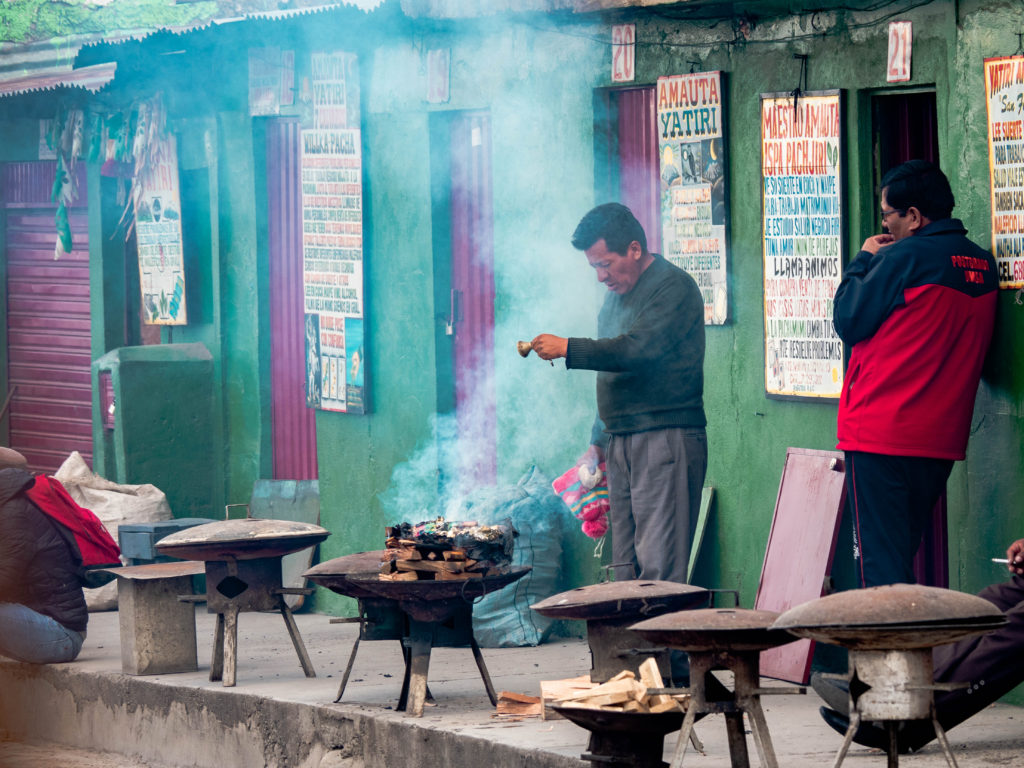
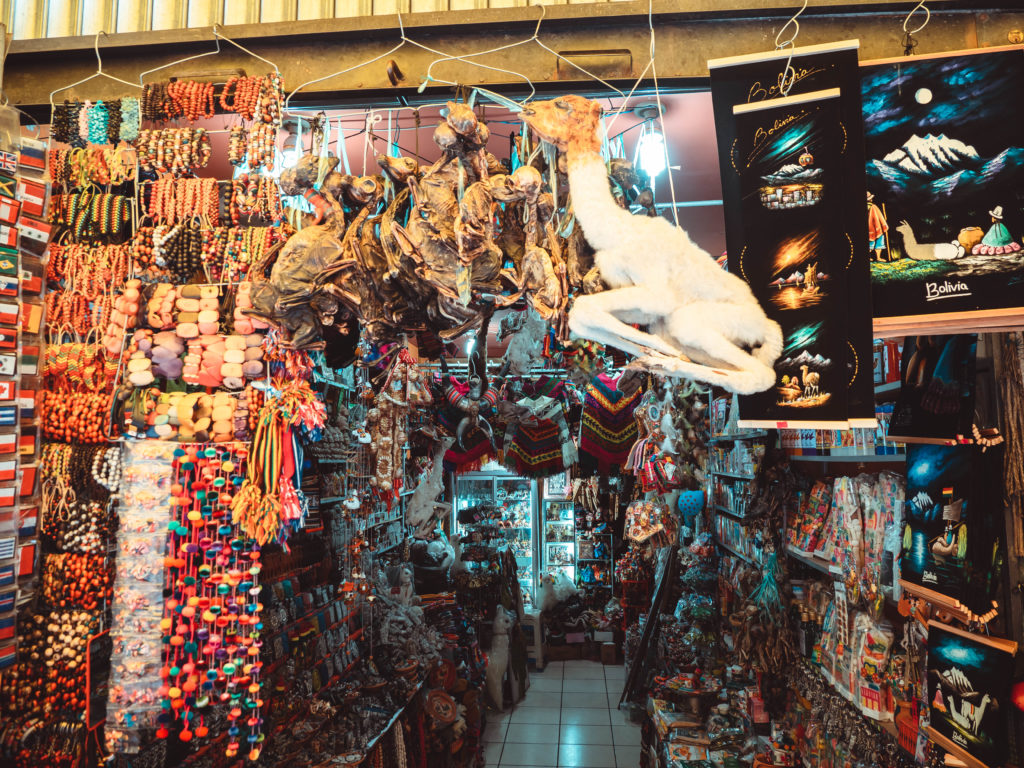
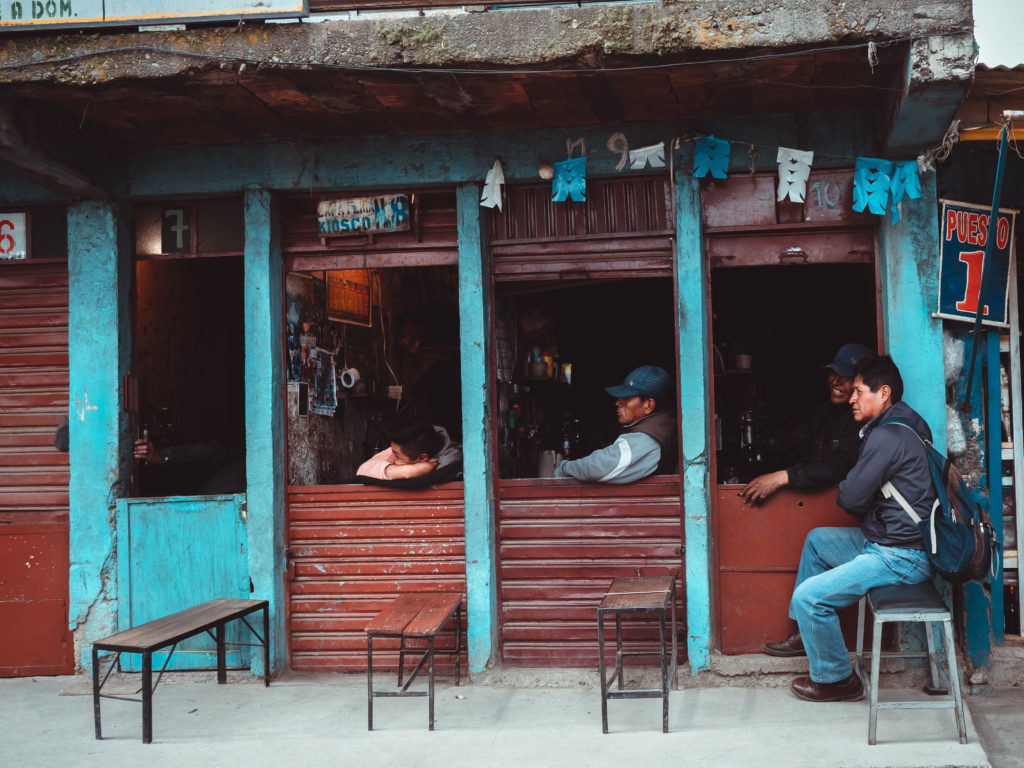
In many countries, sport is a big part of its identity and Bolivia is no different. In this case, their sport of choice (besides football, of course) is wrestling! But this is no ordinary wrestling. In fact, we went to watch a wrestling match between Cholitas, that is, the indigenous women of Bolivia, who wrestle with each other wearing their distinctive traditional outfits (see photos to see what we’re talking about). We were apprehensive to see this at first, thinking it would be a touristy gimmick, but we were assured that this is a common pastime for the locals of La Paz! Although we were right, the show was bizzare, the women’s “wrestling” was more like something out of a bad cheesy movie (i.e. very fake acting) but it was entertaining nonetheless. Here is a video to better explain:
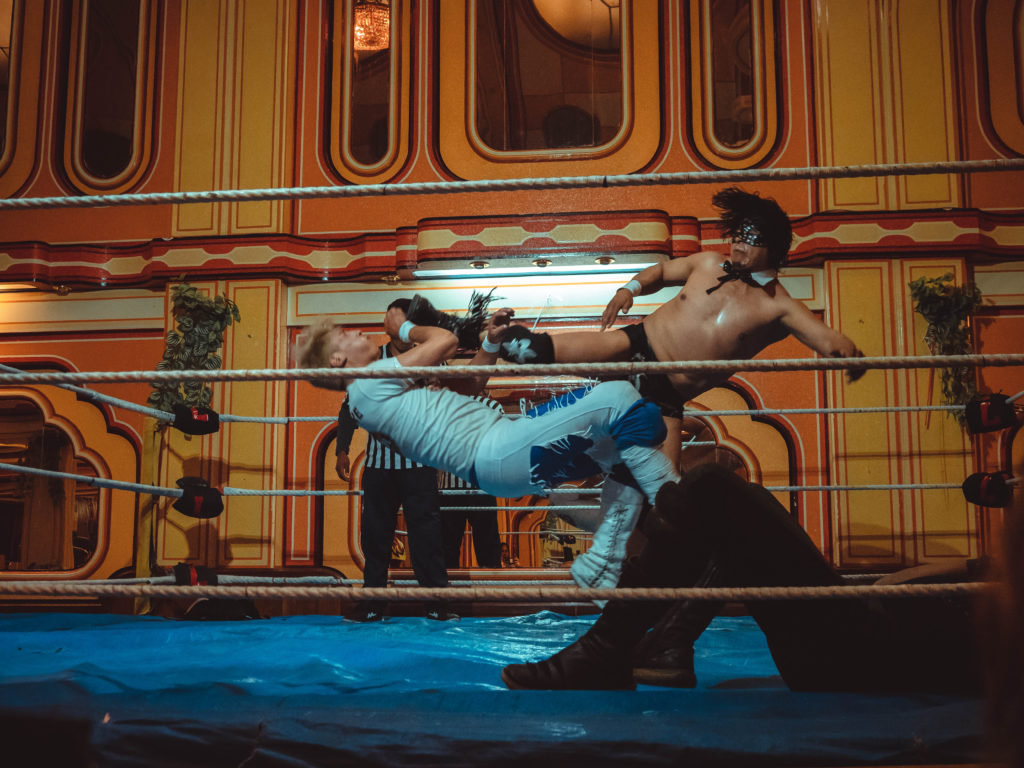
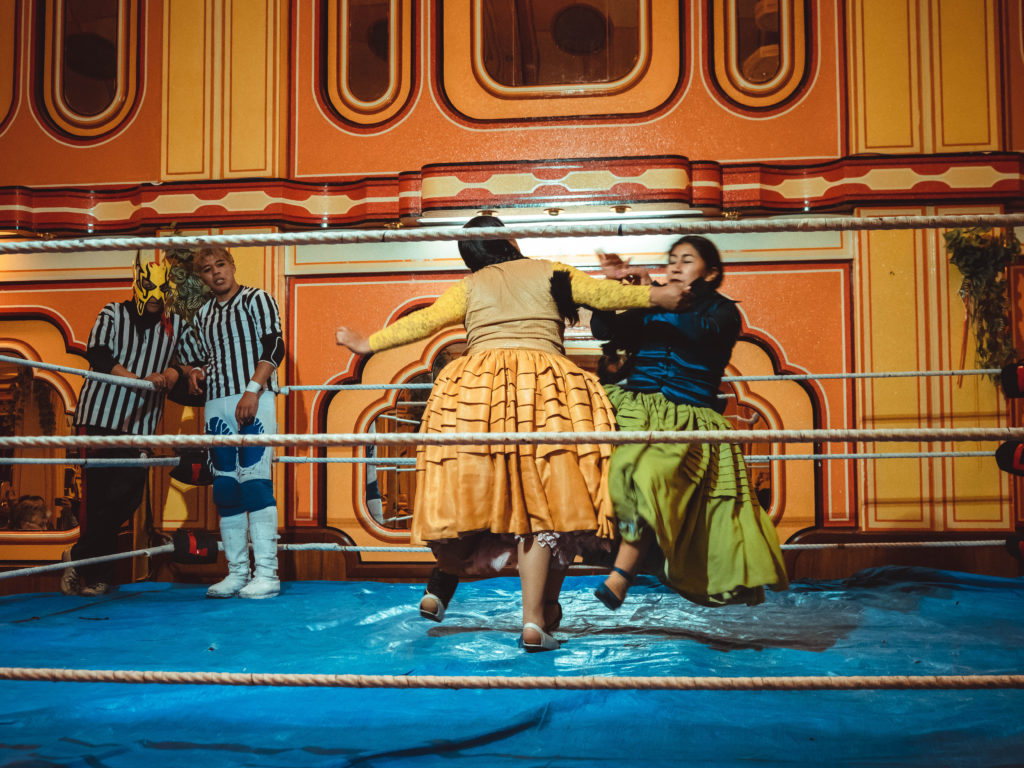
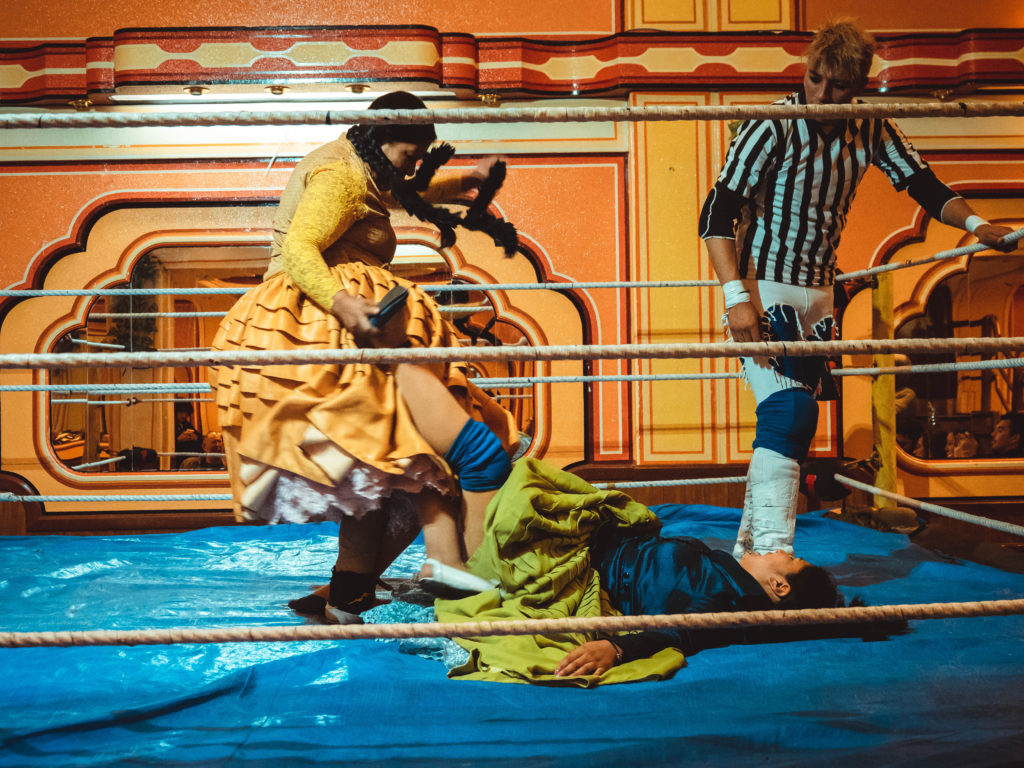
Once we were sure we were satisfied we’d experienced everything La Paz had to offer, it was time to explore more of the country. We’d heard great things about Lake Titicaca, the world’s highest lake, and so we got the bus to the town of Copacabana, a tiny place situated right on the lake! From there, we took a two-hour boat ride to the gorgeous island of Isla Del Sol, situated right in the middle of Lake Titicaca, which boast stunning views of the lake, particularly at sunrise and sunset. A very relaxing little island, we took a couple of hours’ hike up to the very top, from where you have 360-degree views of the whole island, and from where the sunset was stunning! It was a pleasant break from the madness of the big city and we’d recommend it to anyone who has Bolivia on their to-go-to list.
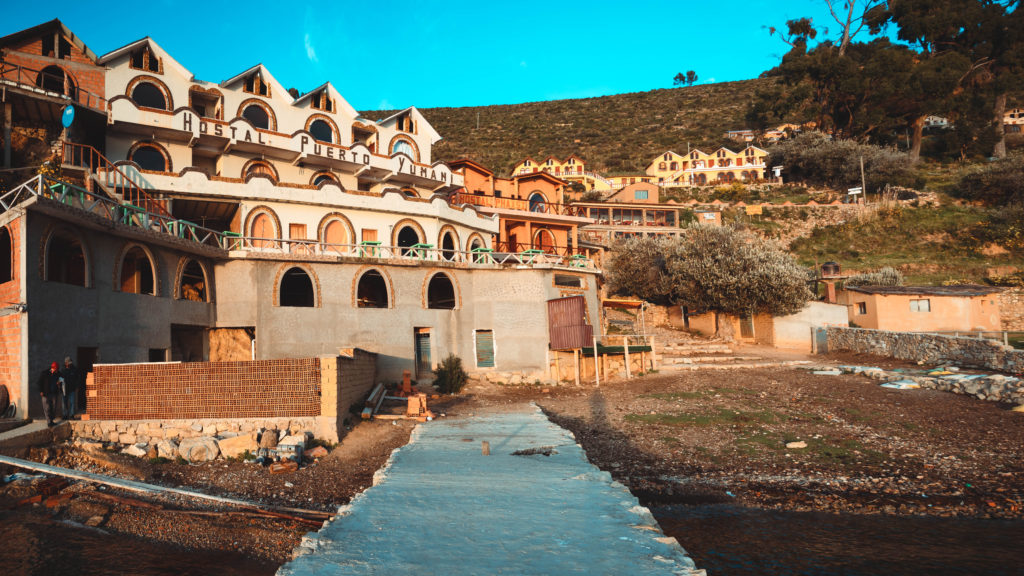
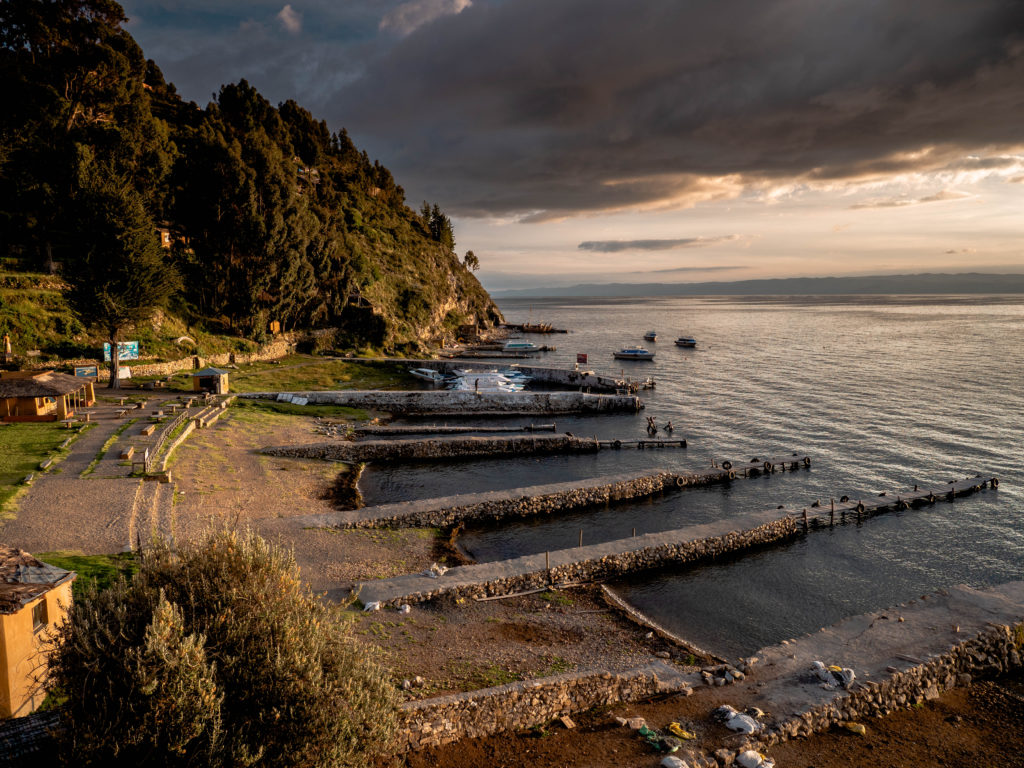
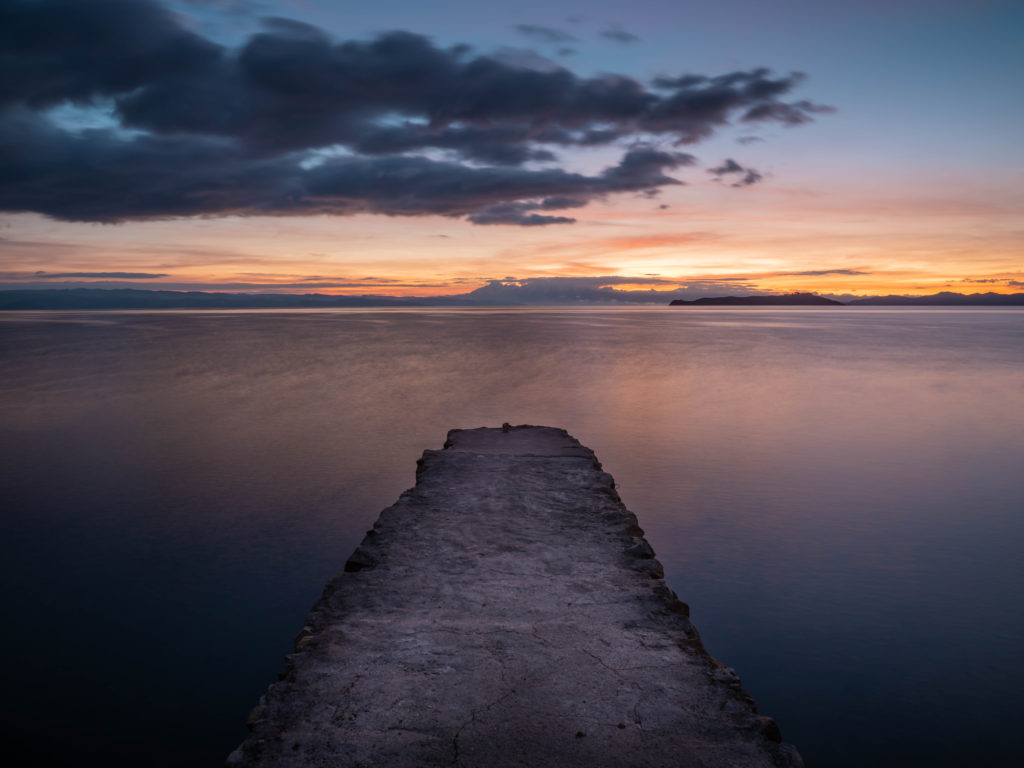
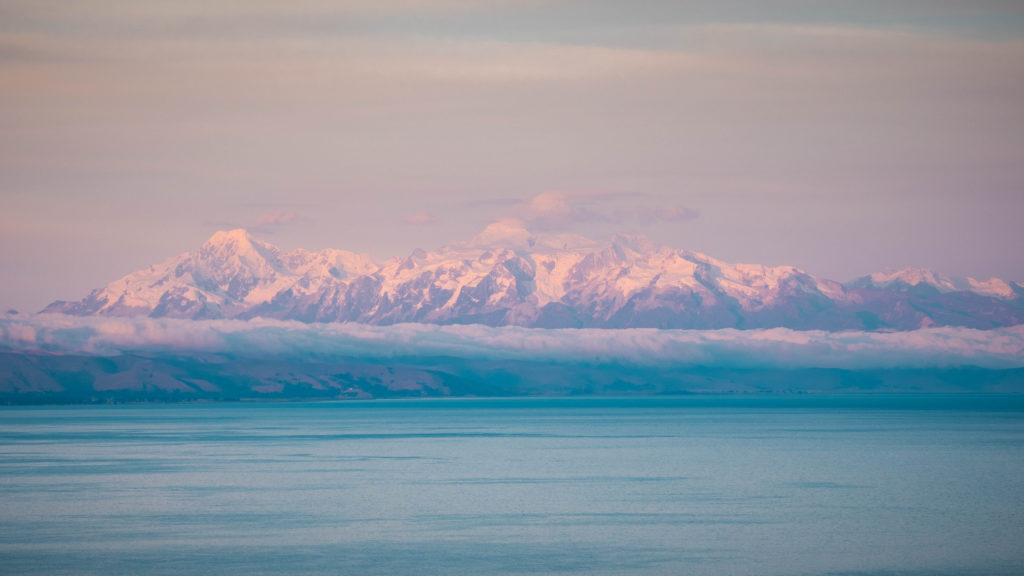
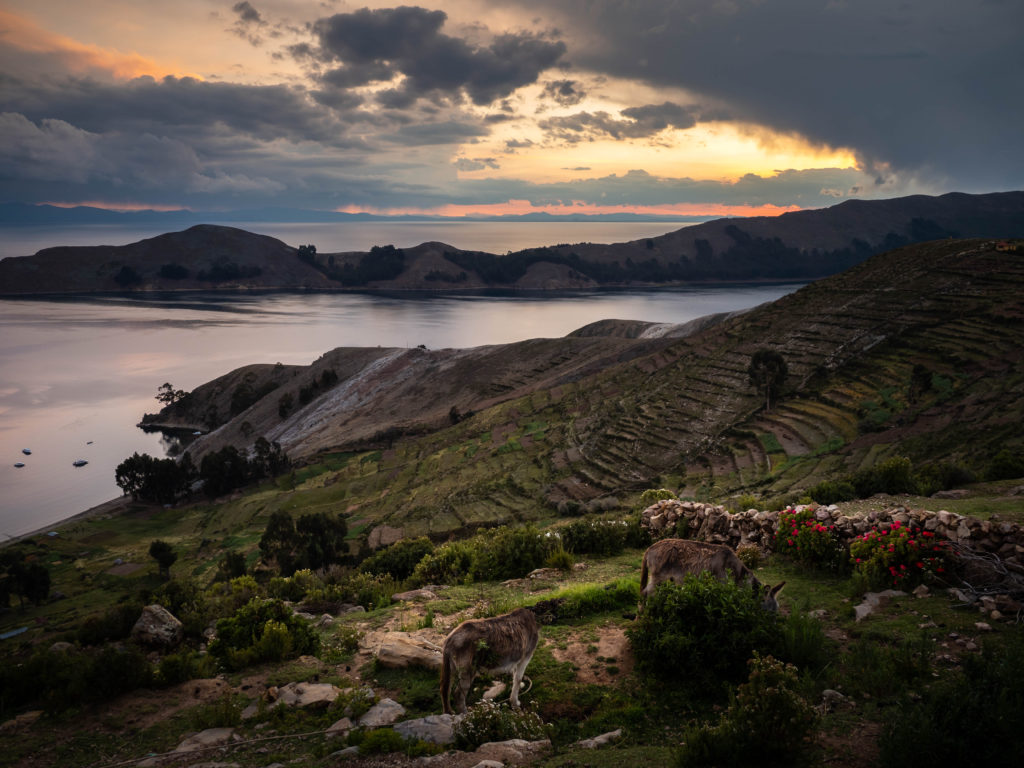
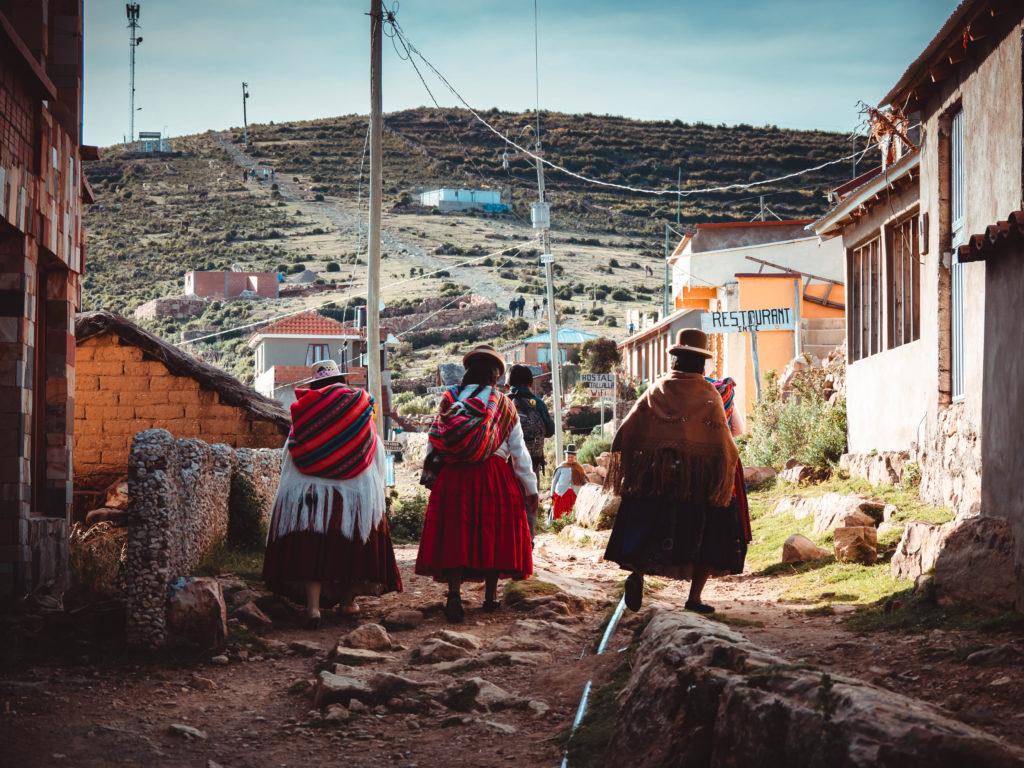
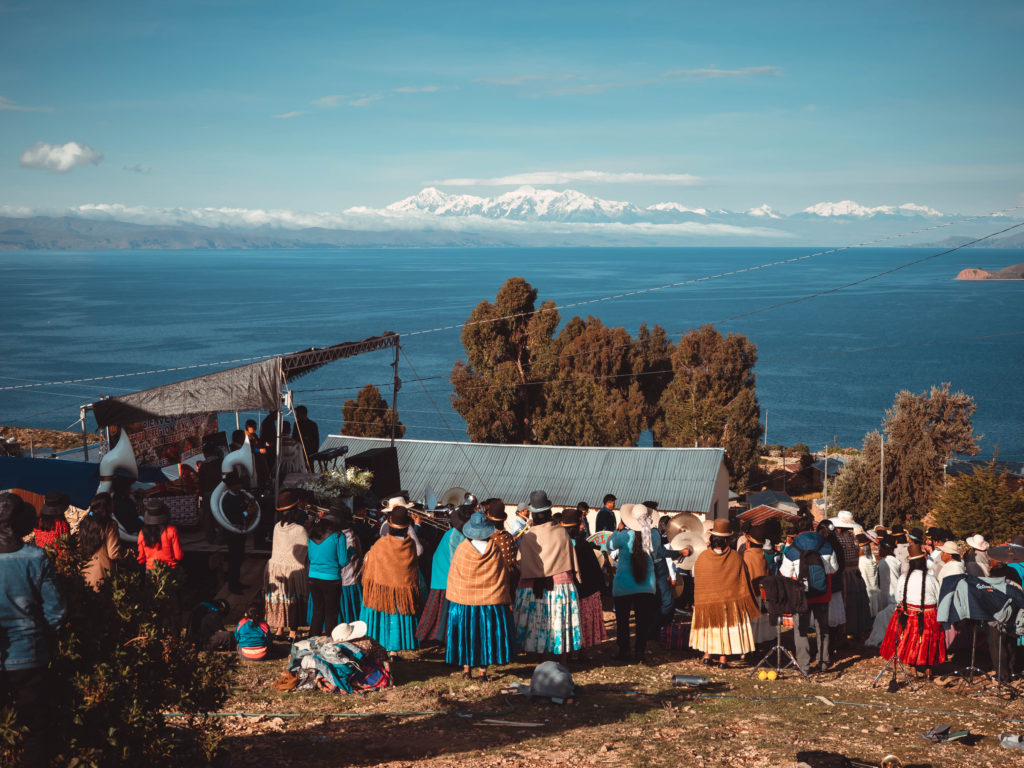
After that we hopped on an overnight bus to the tiny desert town of Uyuni, home to the country’s famous salt flats. We booked ourselves on to a three-day tour, that assured us we would get a taste of the best that the Bolivian landscape had to offer, and we were certainly not disappointed! The salt flats are visually stunning, there being fields of bright white salt, salt and more salt as far as the eye can see. This made for some interesting perspective photos (see below), and we had a lot of fun doing these. We played with salt, ate salt, spent the night in a hostel made of salt and had an overall salty good time! Also notable about the Bolivian landscape is that it is constantly changing, we visited lush green fields home to hundreds of llama, sandy red deserts that are said to have inspired much of Salvador Dali’s work, and eggy-smelling geysers spouting boiling hot water into the sky. We spent one evening with new friends (hiiii friends, if you’re reading this!) drinking wine in a hot spring in the middle of the desert, staring up into the beautiful starry night’s sky, which was simply wonderful (before enjoying a drunken game of Australian Cards Against Humanity!). La vie est belle!
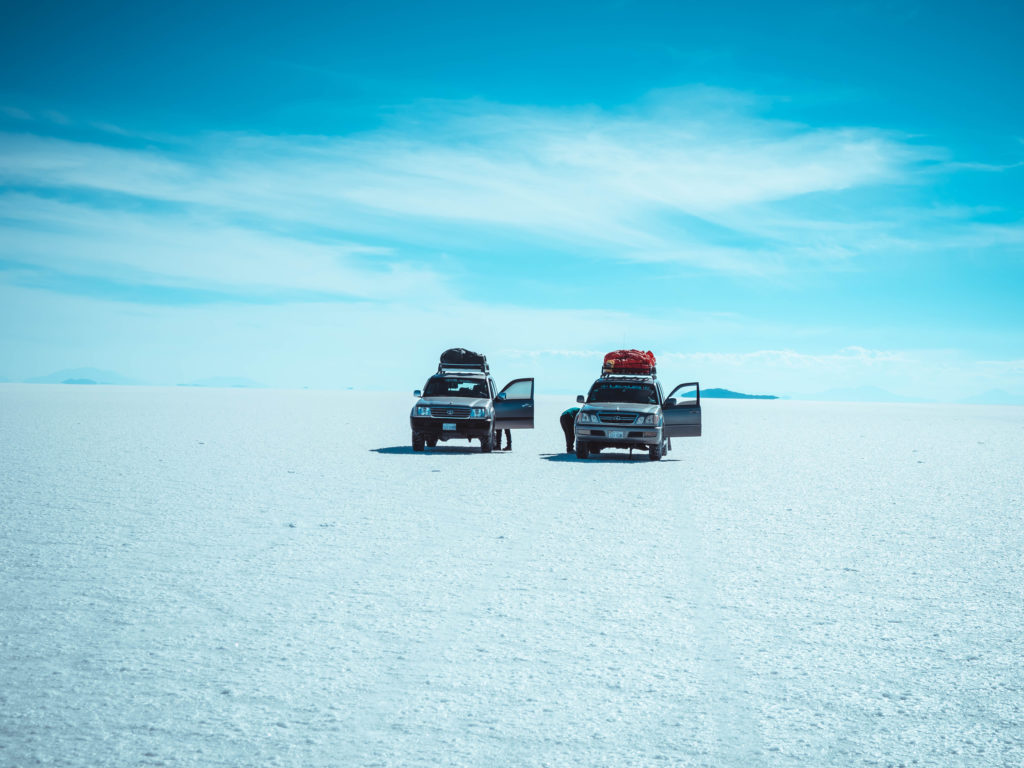
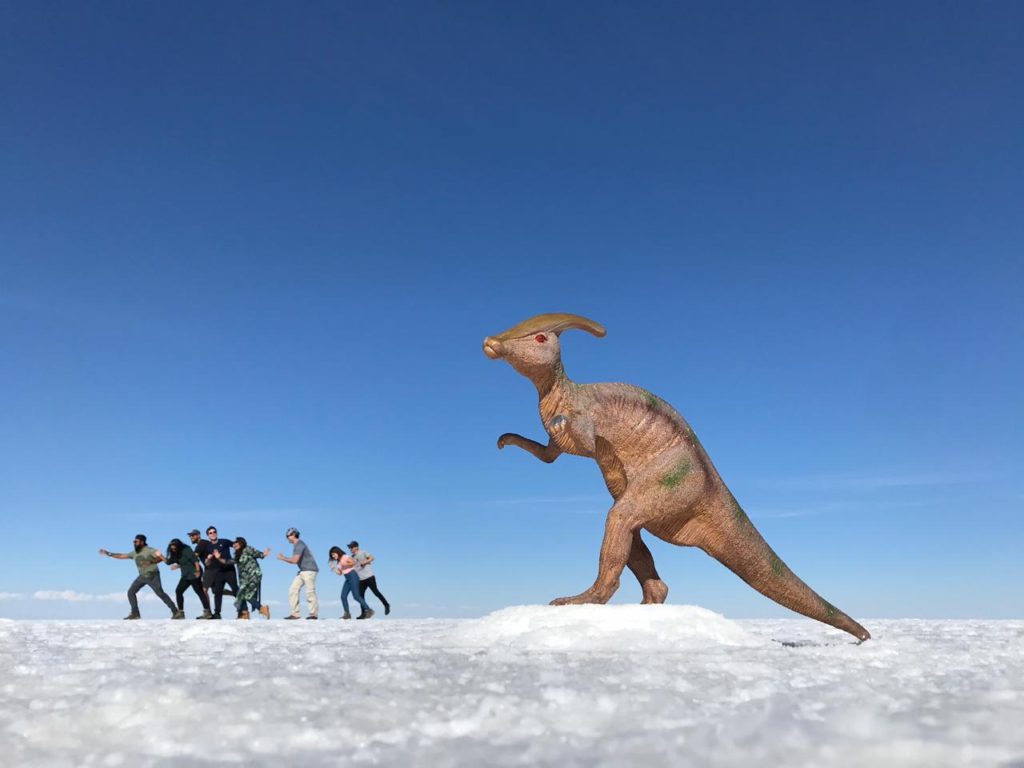
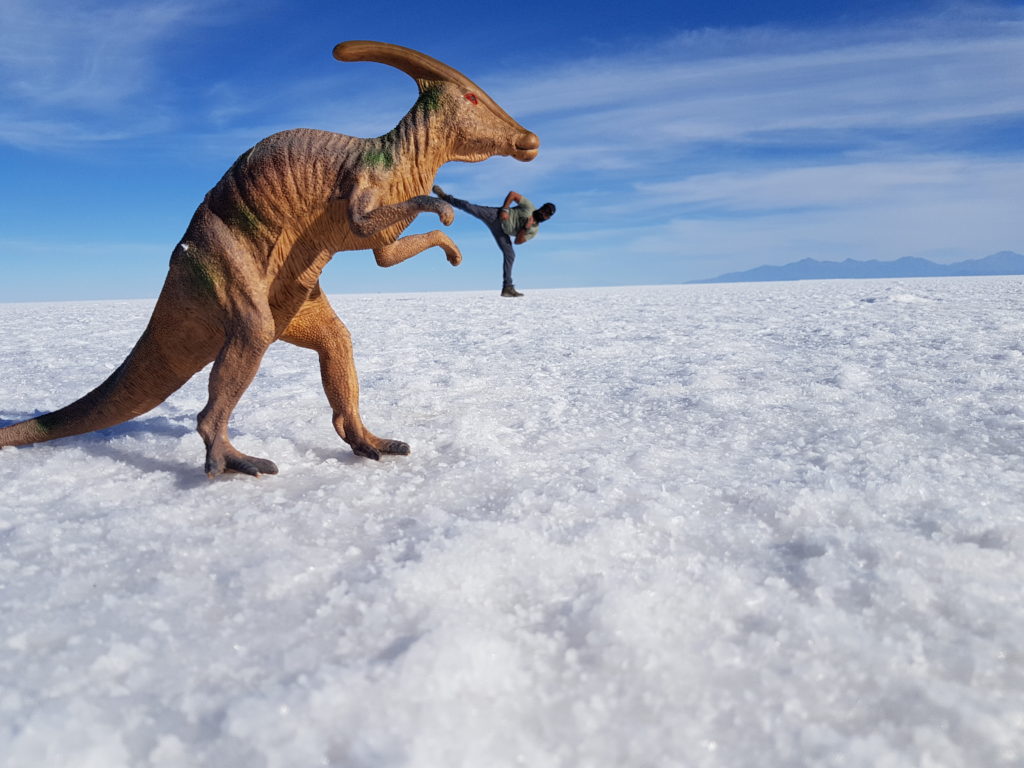
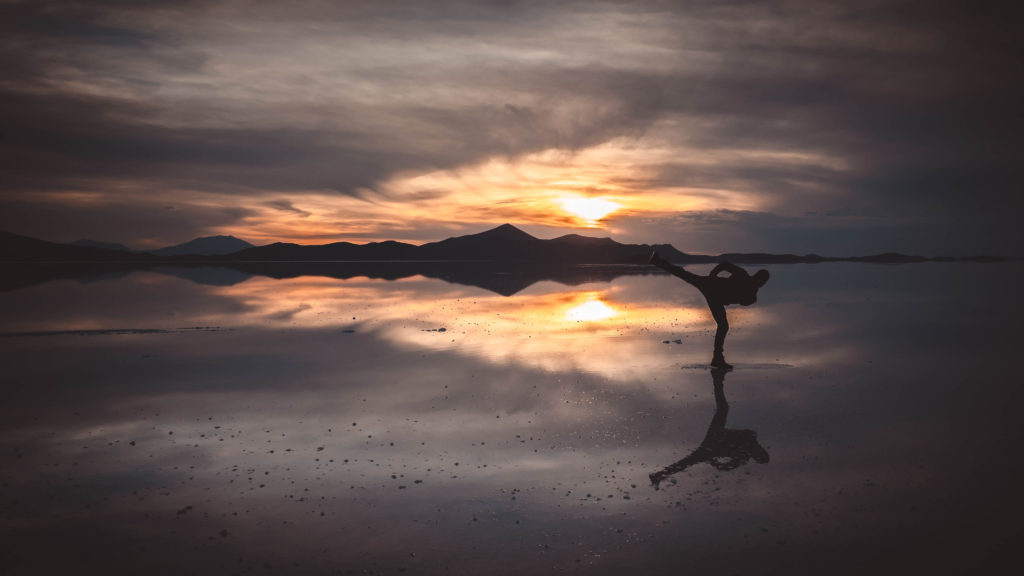
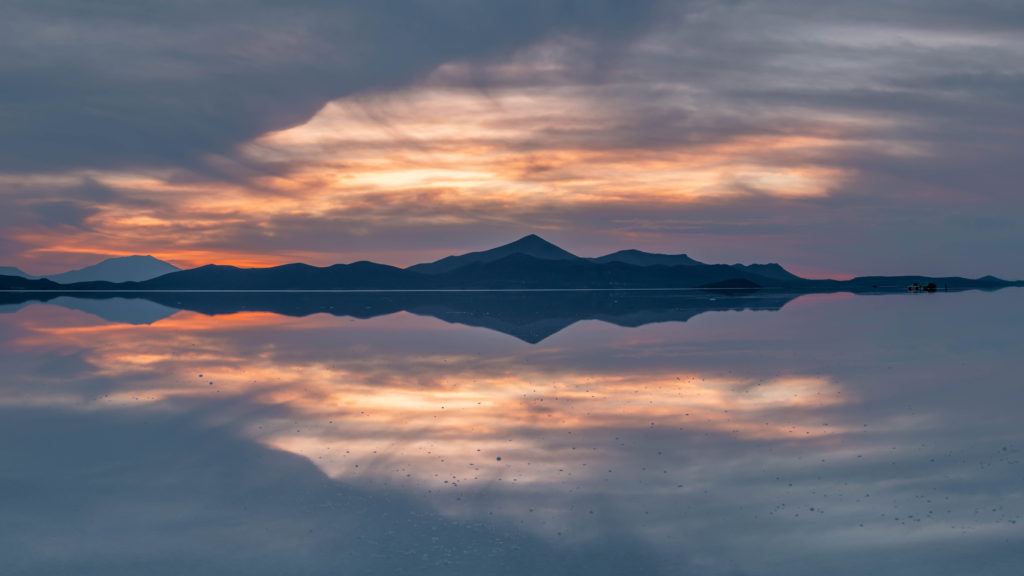
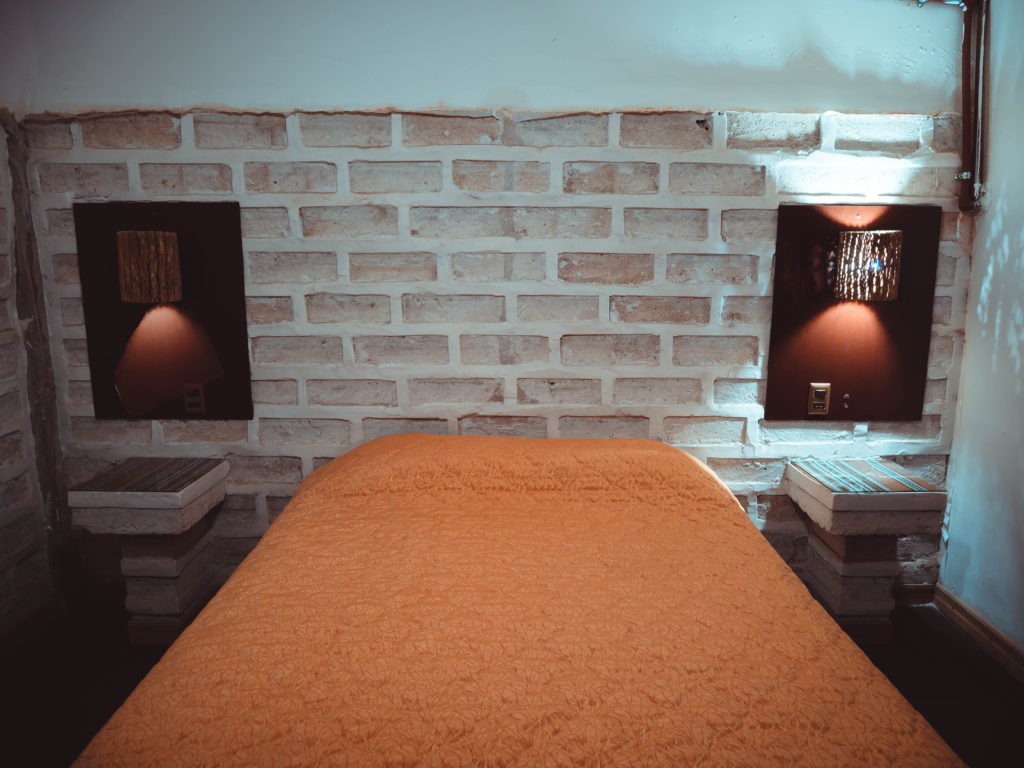
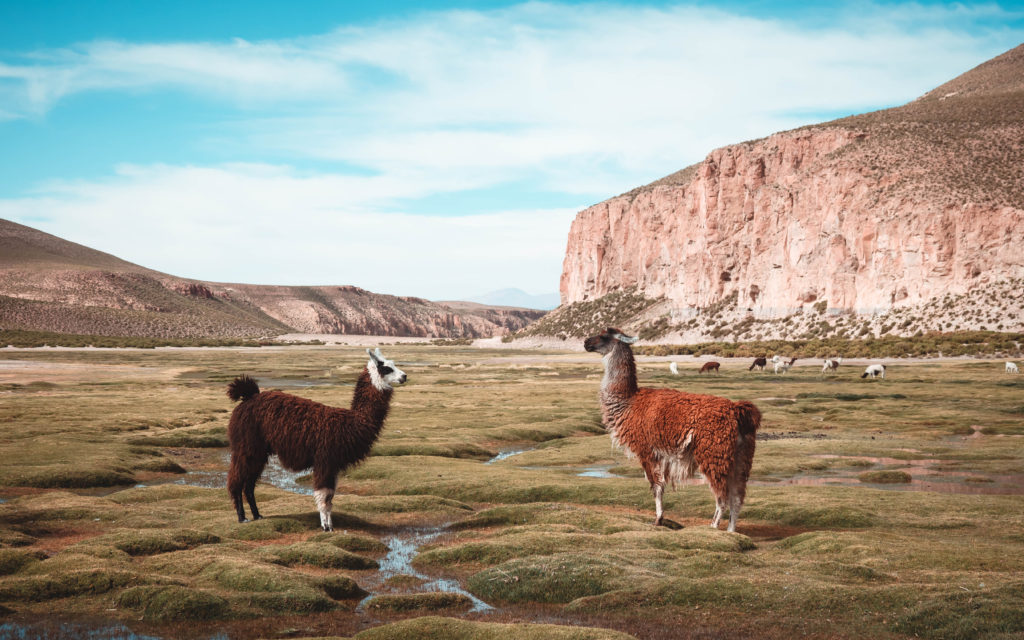
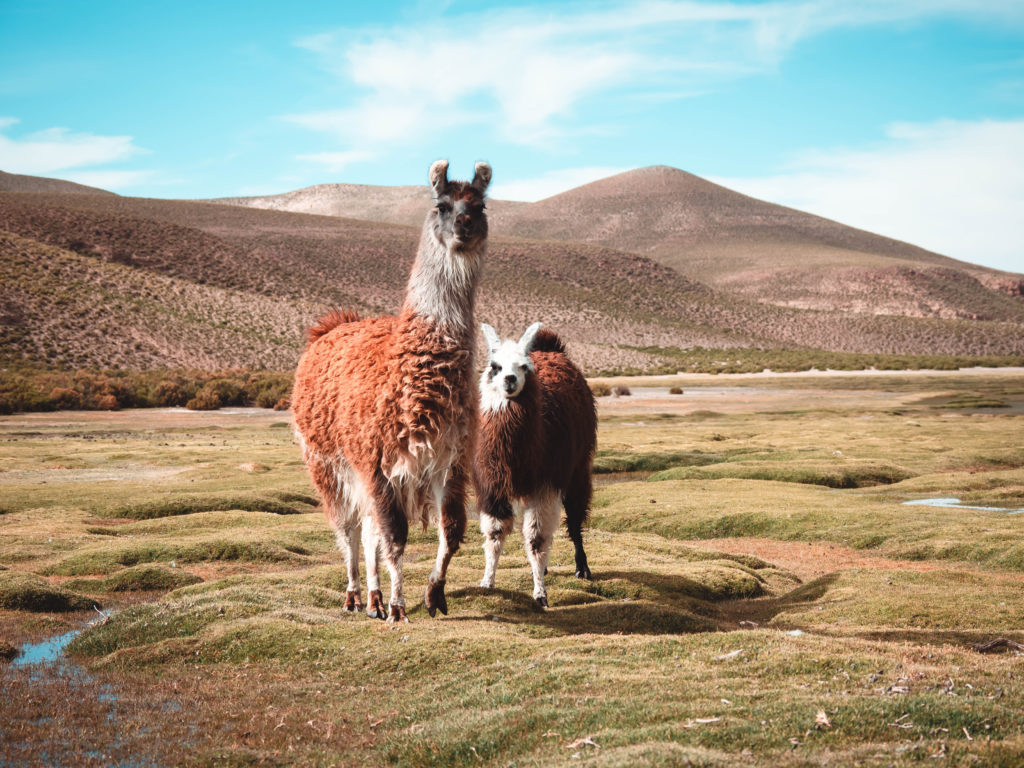
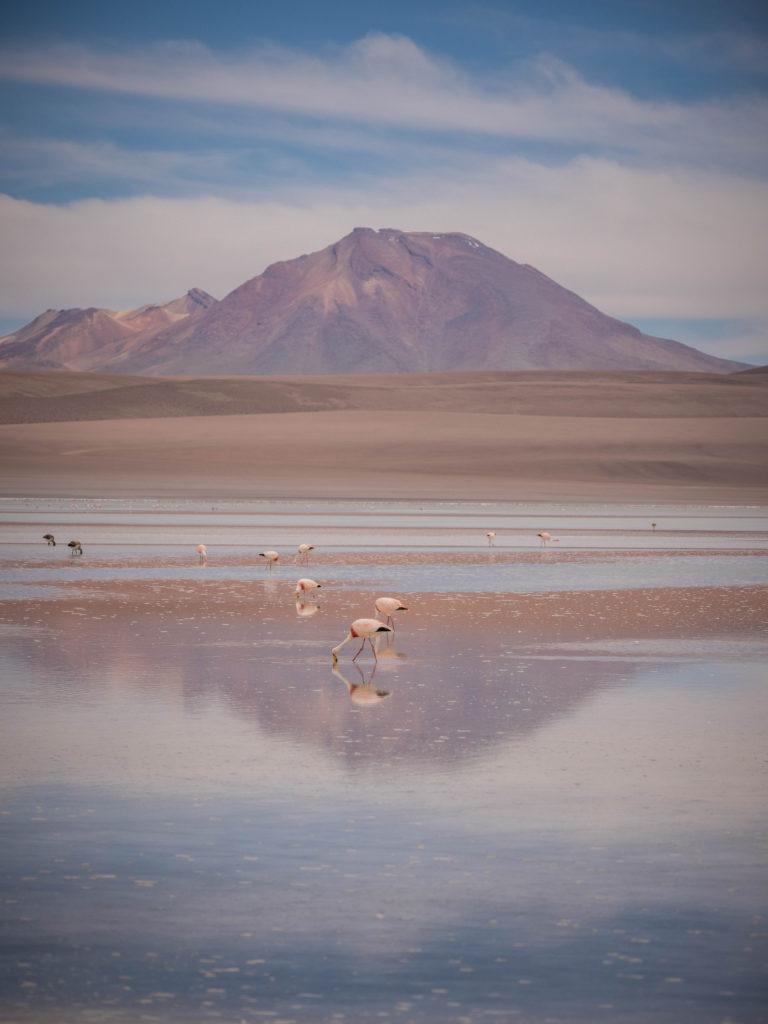
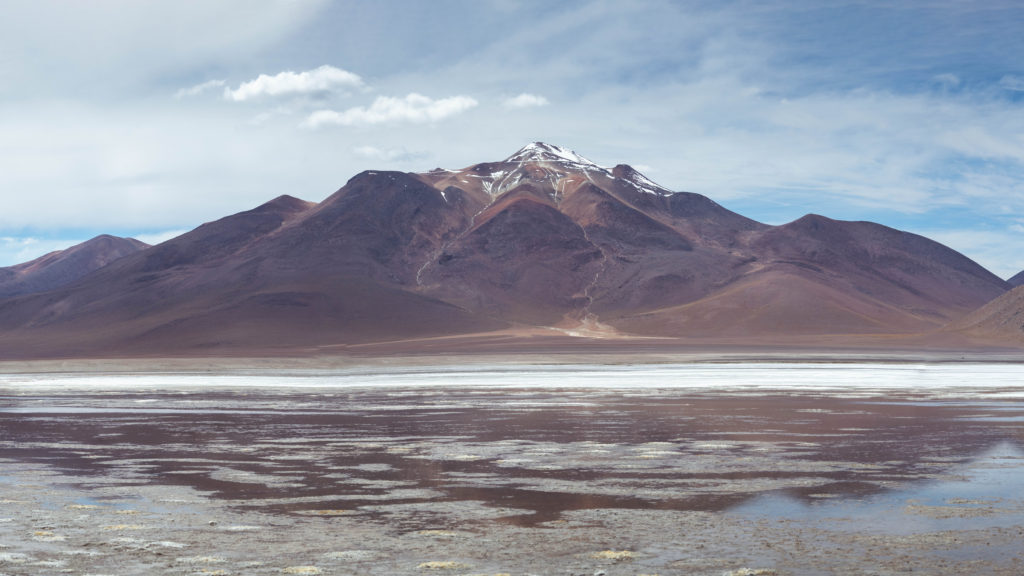
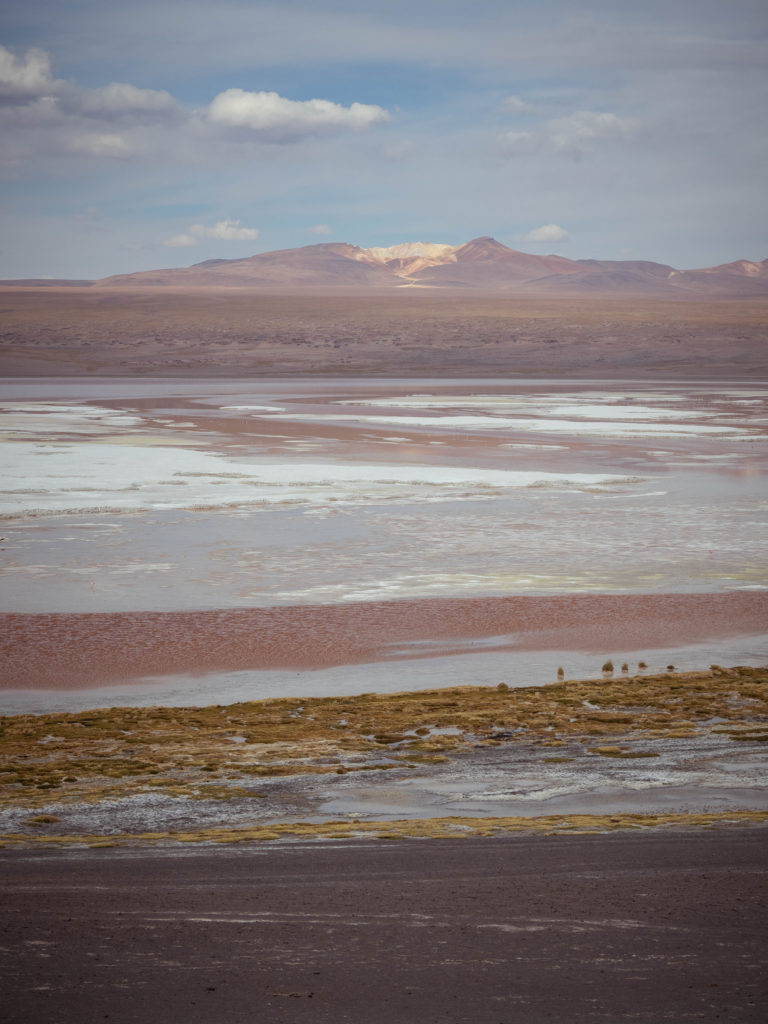
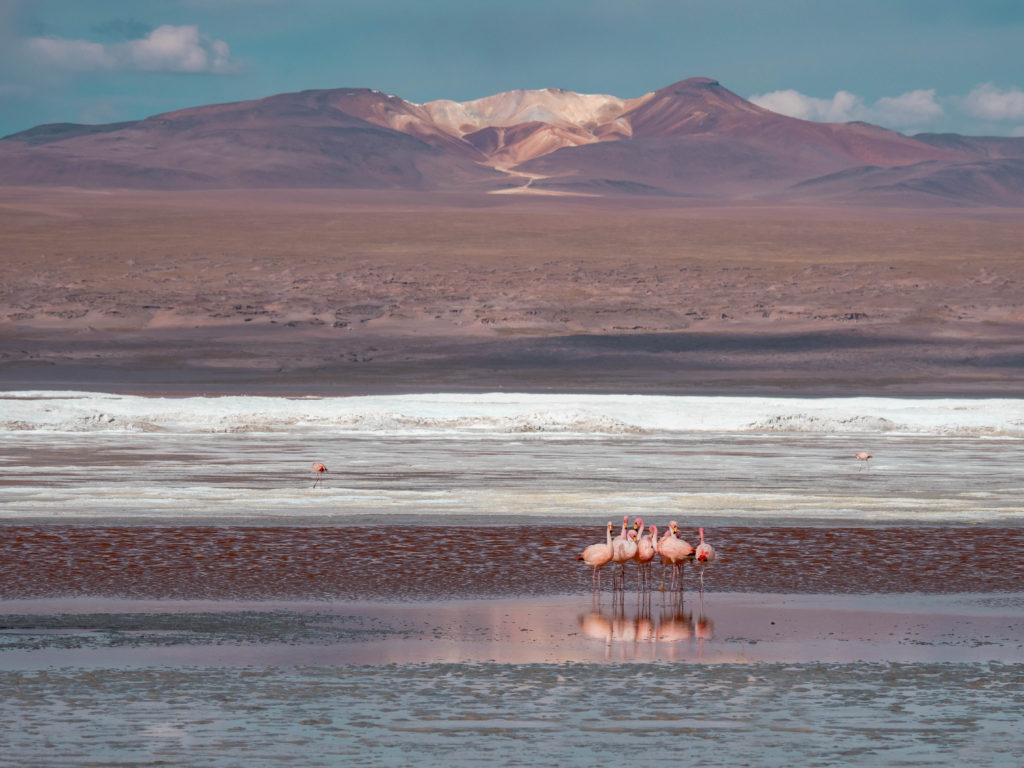
Overall, Bolivia is a country fairly new to tourism, so don’t expect the food or hospitality to be like its more developed neighbours. Beyond this however, the country has so much to offer in the form of its beautiful landscapes, and so we’re putting it out there as a must-visit country on any South America itinerary.
That’s all folks, next time we’ll be venturing to Chile, because we’ve had enough salt.
Much Love,
The Resignated Survivors
*Send us a message if you really don’t know what the “sugar” is that I’m referring to.
Lowlight of the week: Sitting slightly too close to the action during the Cholitas’ wrestling match and getting caught in the crossfire when things got a little heated and one Cholita spat water at the other. Gross.
Lessons learnt: HUMAN SACRIFICE IS REAL. No, really. We were told by a credible source that some really hard-core witch doctors still sacrifice humans to the Gods, in the form of homeless people and small children. Common methods are to bury them alive under the foundations of new buildings, and skeletons have been unearthed underneath demolished buildings as evidence that this practice is still alive and well (no pun intended). Tourists also beware.
Other notable things: One thing that the people of La Paz are particularly proud of is the city’s cable car system. Given how the city is sprawled across mountains, the cable car has made the city far more accessible to those living higher up, and the whole city is connected by a beautifully maintained and modern system, which provides stunning views over markets and the daily hustle of La Paz life. Definitely worth a go if you ever find yourselves in that part of the world!
6 Comments
Comments are closed.

Wow… that was a fantastic read! Had me giggling a number of times.
One concern: human sacrifice?! Wth!
One question: by *sugar* you mean??? 😉
Bolivia is an amazing country. I also found La Paz not that inspiring but didn’t delve into the history and quirks as you guys did. Shows every place has its beauty and its story. Now I want to go back just to go on this walking tour I missed out on. Great read guys. And fab pictures. Hope you washed the cholita ettoos off you good and proper x
“Bolive”me this was a fantastic read.The salt flats. Sugar!!Dinosaurs cholitas witch doctors beautiful sunsets,beautiful islands all captured my imagination, I was truly there with you. Fantastic pics. once again.More please ????
That is amazing read. As I was reading the blog, it felt like I was being sacrificed by the witch doctor !
The pictures are amazing, especially Salt Flats.
Incredible! The videos on the salt flats ??. I hope you bought me back a llama…(alive)
Great pictures and all the description of your visits, excellent reading of your blog – I felt I was with you guys . Interesting about the witch doctors and the cholitas . Looking fwd to next blog ????
Great pictures and all the description of your visits, excellent reading of your blog – I felt I was with you guys . Interesting about the witch doctors. Looking fwd to next blog ????